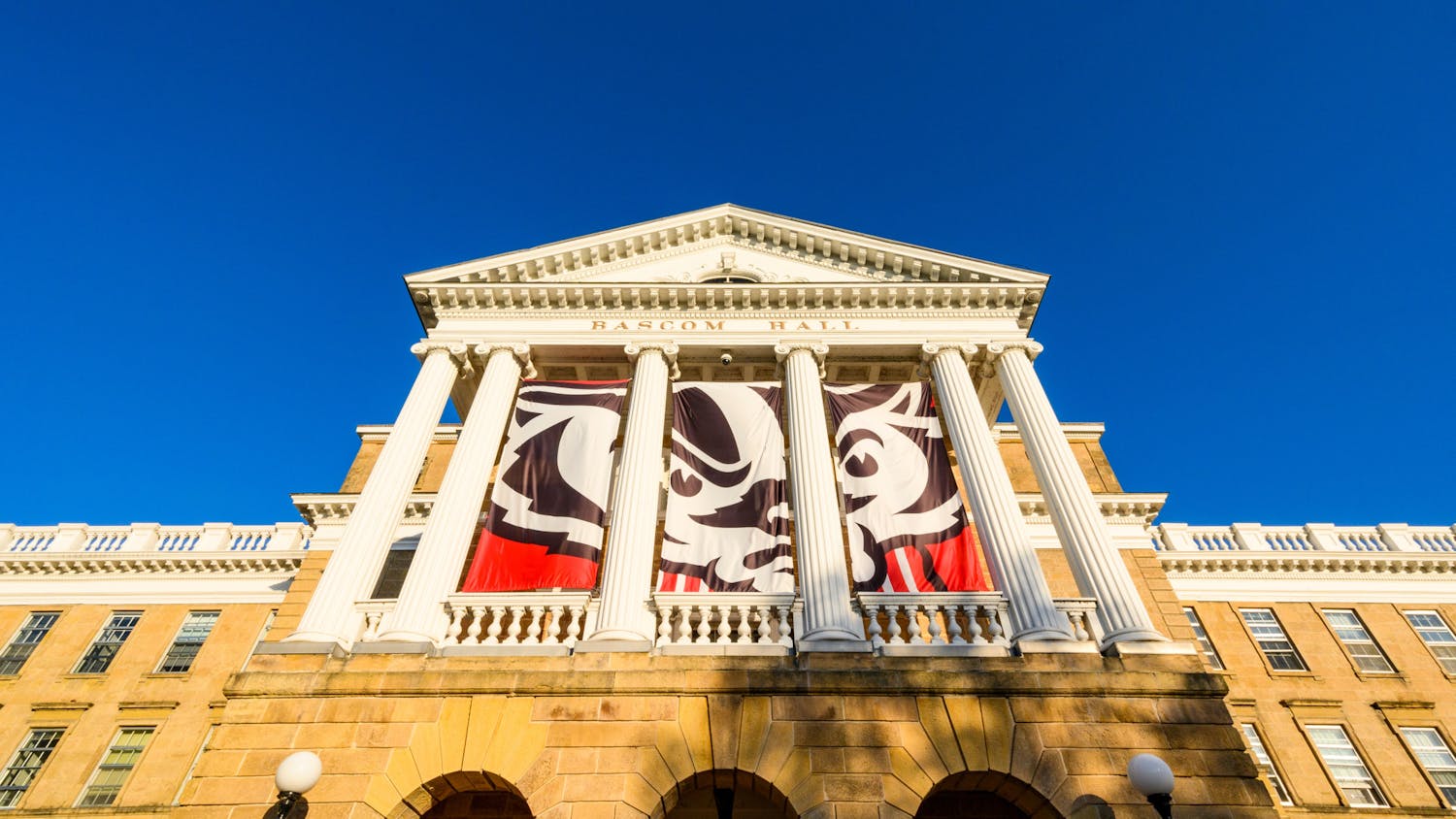The Wisconsin State Journal’s Editorial Board pointed out some “good news” in Dane County public schools. This news was not an increase in the graduation rate or any other academic achievement.
The good news was the low number of teacher lay-offs in the county’s districts. Surely, this is great news for everyone, but laying off fewer teachers than expected is not exactly the most exciting news. This is especially true, since the fewer lay-offs were accompanied with a higher level of retirement, meaning there will also be fewer experienced teachers. Dane County schools may have averted lay-off disaster, but like the rest of America’s public schools, there is still a lot of work to be done and even more questions.
For the past few years, the idea of charter schools, school choice and other education reforms have sprung up again. This came after No Child Left Behind was enacted, too many annoyed sighs. While NCLB focused primarily on educational standards, more recent reforms are focusing on reorganizing school power structures and letting parents decide which school their children attend—the ideas behind the buzzword “school choice.”
For the past semester, I often praised the opportunity of the Madison Preparatory School, a charter school geared toward low-income Madison students. But like many charter school supporters, sometimes I became too dogmatic. Charter schools were the answer, period.
Opening more competent charter schools would help students, especially those left behind in traditional public schools. However, I think the more important ideas to take from charter schools are what happens inside them, instead of the organizational structure itself.
Problems in public schools do not need to be solved by creating a bunch of charter schools, publicly funded schools with less regulations, like teachers unions rules and school board mandates. Reforms happening in charter schools, like Knowledge Is Power Program (KIPP) charters or Madison Prep, should be explored in traditional public schools. Longer hours, summer school, tougher curriculum and merit pay are changes that could help produce the best students and retain the best teachers.
Furthermore, the federal government should reform NCLB testing and funding. It should focus on changing standards for special education students and alter funding formulae to help schools that are lagging behind.
Standardized testing should be done to track individual student progress, as well as entire grade levels. With the amount of computing power and lower cost to store large amounts of data, this is a very real possibility.
Testing should help identify which students are falling behind, in which subjects and which teachers and schools are providing the poor education. This evaluation should happen at the federal, state and local level.
After identifying the failing schools, either additional funding, massive restructuring or any other option should be considered to make sure those students are no longer falling behind.
Where NCLB and other school reforms seem to fail at is actually helping the students. NCLB put too much emphasis on testing for schools to receive funding, leading to failures in teaching, from “teaching to the test” to outright having teachers forge students’ tests.
Testing should continue to see where schools and students are failing, but funding should hinge less on passing the tests. Instead individual student improvement should be the ultimate metric. Education is individual and personalized, and testing should not take that away from students and teachers by putting results only on the group.
When it comes down to it, the first priority of school reform should be to improve education. Saving tax-payer dollars and paying teachers well are both important. But neither should take precedence to ensuring our students leave with an excellent education.
Walker’s reforms have been credited for saving money, and they have been criticized for allowing districts to make teachers pay more into their pensions, taking away from out-of-pocket spending money. But it will take time to see the results of what really matters, if Wisconsin students are hurt or helped by the measures.
What Wisconsin and other states should do is learn from experience. With the increased amount of school reforms across the nation, there is no reason why Wisconsin should not keep an eye on Indiana’s voucher system or Chicago’s changes to classroom hours.
States should also learn from charter schools themselves. How are increasing standards affecting students? How do teachers perform when they are not unionized? What curriculum changes help students and which hurt them?
Schools are hurting, but they are far from beyond repair. If worthwhile changes are to be made, school reform advocates, teachers unions, school boards, taxpayers and politicians need to work together to change funding schemes, testing standards and curricula.
If there is any area in American politics that needs to rely on compromise, it is education. No one can rely on dogma and self-interests to improve schools, be it taxpayers, teachers or administrators.
During the rough economy, many politicians have focused on saving money in school districts. That is important, but now it is time to start looking at reforms that improve our lagging education system.
Matt Beaty is a junior majoring in mathematics and computer science. Please send all feedback to opinion@dailycardinal.com.





